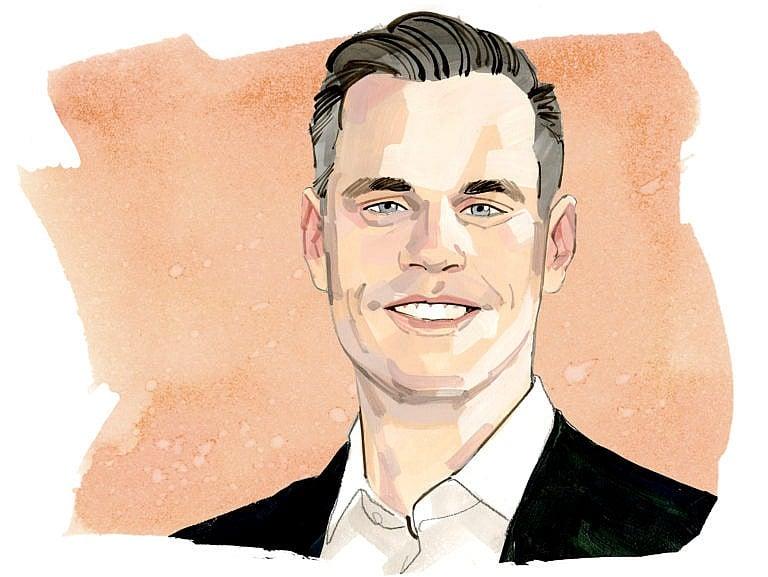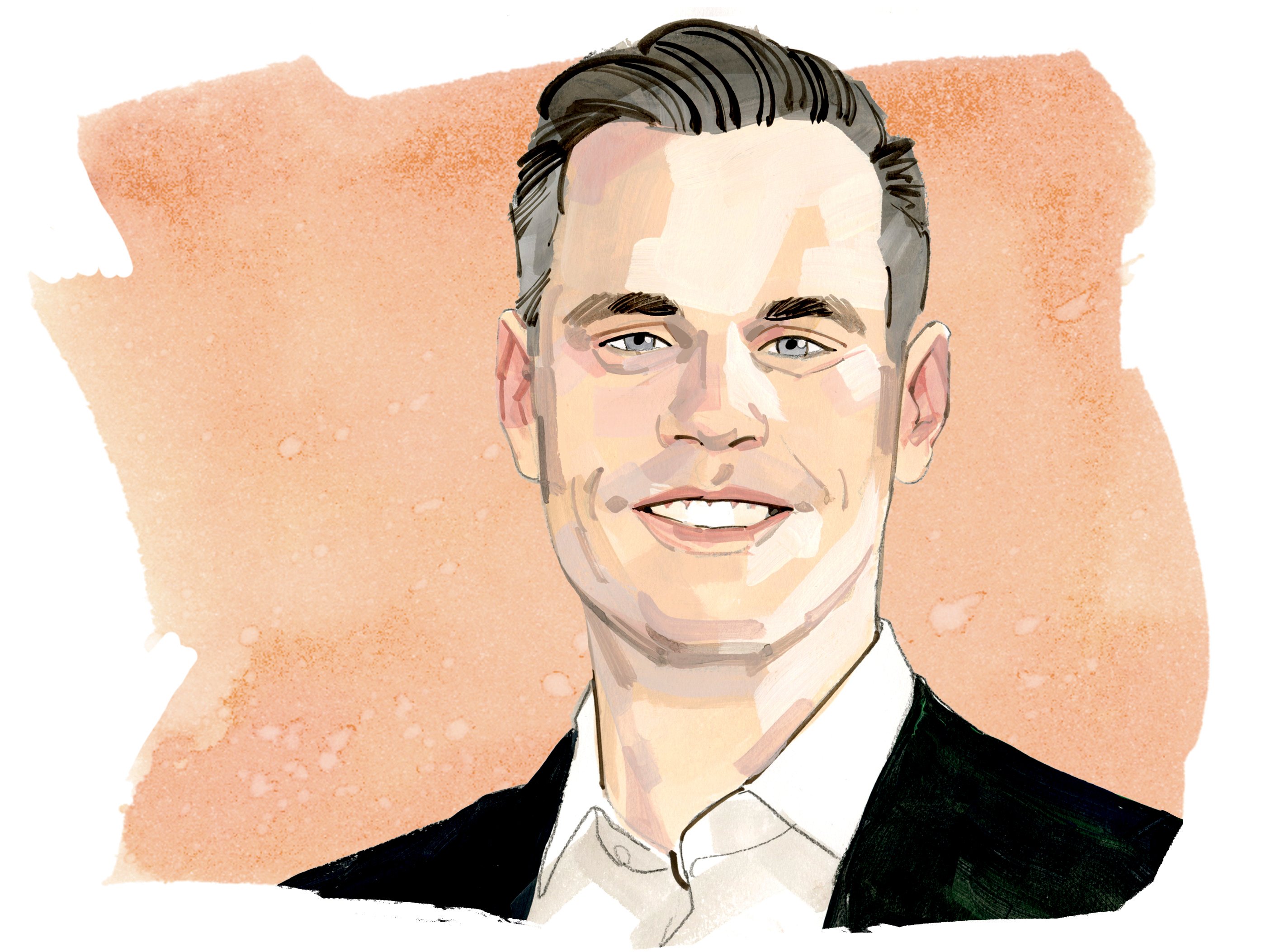How rent prices got so high
To tackle the exorbitant costs of rental housing, cities are going to have to propose some creative solutions. Vacancy taxes, anyone?

Share

When the pandemic kicked off, rental-housing prices fell by five to six per cent in most Canadian provinces. For the first time in years, some renters could find a good deal here and there. Some cities, like London, Ontario, experienced drops of 10 per cent or more. That brief reprieve has ended: as of May, the average monthly rate for all vacant rental units in Canada hovered around $1,900, marking a 10 per cent increase from just a year ago. In Toronto and Vancouver, prices rebounded by as much as 20 per cent, surpassing their previous highs.
COVID fluctuations aside, rental pricing tends to be proportional to population growth. Since 2015, Canada’s population has swelled by three million people, thanks in part to expanded federal immigration targets. We effectively added another Toronto. And yet the country hasn’t accelerated the rate at which it builds rental units. Ontario went from 670,000 units in 2015 to 710,000 in 2021—that’s not much of a change in six years. This scarcity extends to rural areas, too, whose rental stock is now dwindling thanks to people fleeing cities.
This year, the federal government allocated $4 billion to its Housing Accelerator Fund and set building targets, but they have nothing resembling a plan for how to execute on them. One idea is to legalize rooming houses—living quarters that can fit 10 to 20 people—at the municipal and provincial levels. In university towns like Windsor and London, where I work, there are upward of 15 to 20 students living in a single home because of local rental shortages. Legalizing these living arrangements would enforce a minimum security and privacy standard for the people who are already living in them.
In Canada, we’re pretty good at building high-rise condo units, but that’s not where our largest bottlenecks are. We’re missing a middle density in the form of duplexes, triplexes and purpose-built rentals, and that’s because of zoning rules that make it illegal to build them in many neighbourhoods. Earlier this year, the Ontario government convened a task force on the lack of housing supply and came up with 55 recommendations for how to address it. One was that the province should permit these kinds of multiplex properties to be built as-of-right, but the reform was shut down to avoid overcrowding.
Right now, I live in a 100-year-old home in Ottawa. I could tear it down tomorrow and build a gaudy McMansion, and nobody could really stop me. But if I wanted to build a triplex, live in one unit and rent the other two to students, I’d need to undertake an entire community-engagement process—and there’s a high probability that I wouldn’t be successful in achieving a zoning change.
One financial intervention is a vacancy tax. Right now, Vancouver taxes owners to the tune of three per cent for having empty homes. (Toronto and Ottawa’s taxes take effect in 2023.) The idea isn’t to take people’s money, but rather to entice investors sitting on multiple empty urban condos to rent or sell. In British Columbia, at least, the tax seems to have forced more properties—especially one-bedrooms—onto the market. The bottom line, though, is that even if all of these regulatory changes were implemented now, building rental supply is a long-term strategy. The government will still have to get shovels in the ground.
This is part of the Maclean’s Guide to the Economy, which appeared in the September 2022 issue. Read the rest of the package, order your copy of the issue, and subscribe to the magazine.
